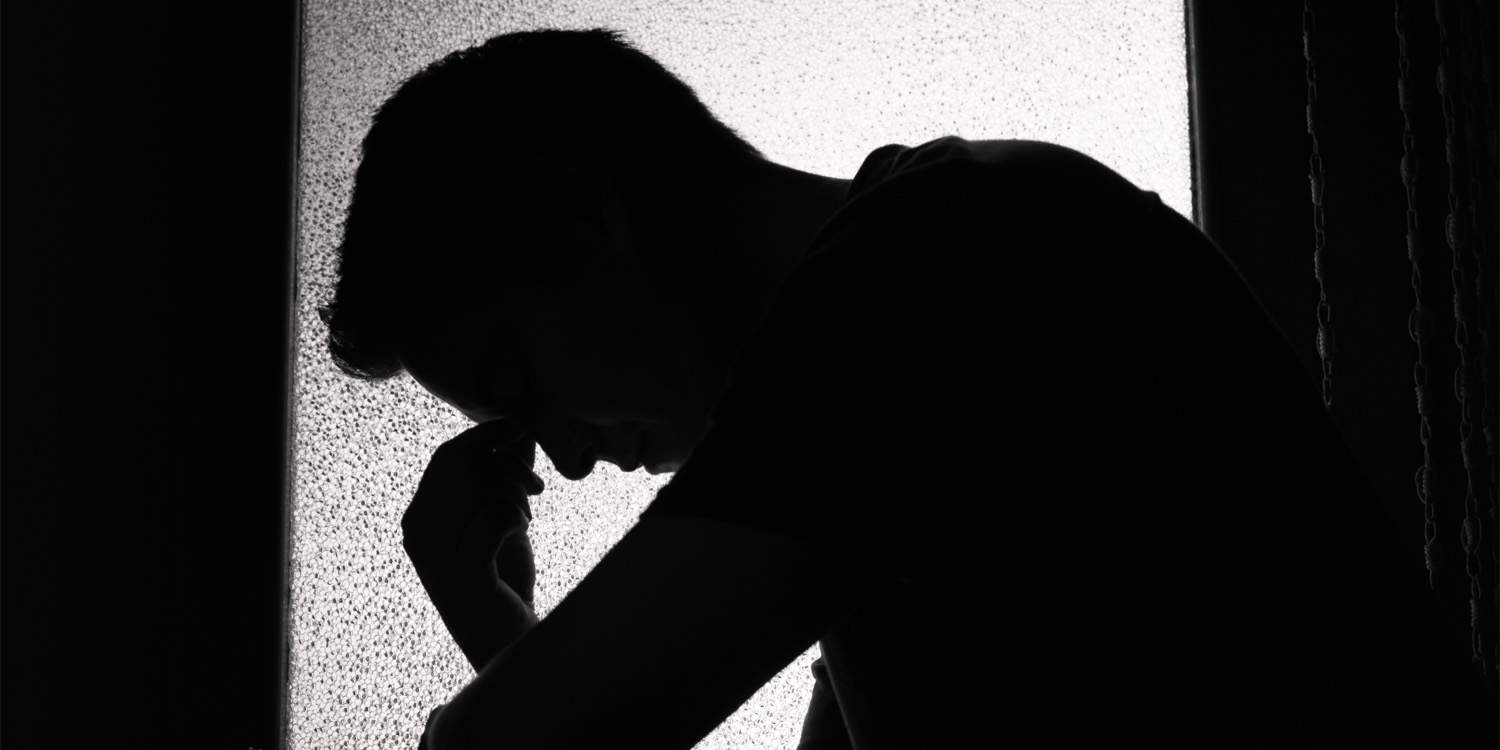
An analysis of data from two surveys in the United States found a subtle association between problematic pornography use and self-perceived likelihood of suicidal behaviors, even when controlling for other factors. One study found an association between problematic pornography use and likelihood of suicidal behaviors, while the other found higher levels of both suicidal thoughts and self-perceived likelihood of suicidal behaviors among individuals with problematic pornography use. The research was published in Psychology of Addictive Behaviors.
Problematic pornography use refers to the excessive or compulsive consumption of pornographic material that leads to negative consequences in an individual’s life. This behavior often resembles addiction, where people find it difficult to limit their use despite experiencing harmful effects. Problematic pornography use can interfere with daily responsibilities, lead to strained personal relationships, and reduce productivity. It is generally considered a manifestation of compulsive sexual behavior disorder. A recent study in Germany reported that around 5% of men and 3% of women experience this disorder.
Compulsive sexual behaviors, including problematic pornography use, can contribute to mental health problems such as anxiety and depression. They can also lead to feelings of guilt or shame. Individuals may prioritize pornography over important aspects of their lives, leading to social isolation and decreased interest in real-life sexual and emotional relationships. Studies indicate that compulsive sexual behaviors might also be associated with suicidal thoughts and behaviors.
Study author James S. McGraw and his colleagues wanted to explore the relationships between suicidal thoughts and behaviors and problematic pornography use. They expected that individuals exhibiting problematic pornography use would have more suicidal thoughts and a higher self-perceived likelihood of suicidal behaviors, i.e., they would report being more likely to commit suicide. The researchers analyzed data from two surveys.
The first set of data came from 422 undergraduate students from a Midwestern university. Their average age was 19-20 years, and 64% of them were women. All participants included in the analysis reported pornography use in the past 12 months.
The second set came from 2,519 participants of the American Community Survey, matched on gender, age, race, education, and region with the population of the U.S. according to the census. Only data from 1,455 individuals who reported pornography use in the past 12 months were included in the analysis. Their average age was 46 years, and 61% of them were men. These participants completed a survey at the start of the study and on seven more occasions during a two-year period.
Both groups of participants reported how often they view pornography and completed assessments of moral disapproval of pornography (e.g., “I believe that pornography is morally wrong”), religiousness (“I attend religious services regularly,” “Being religious is important to me,” and “I consider myself religious”), problematic pornography use (the Cyber Pornography Use Inventory), and suicidal thoughts and behaviors (the Suicidal Behaviors Questionnaire Revised).
Analysis of data from the first set showed that, controlling for all other factors included in the study, individuals with problematic pornography use had a somewhat higher self-perceived likelihood of suicidal behaviors. Suicidal ideation, i.e., thinking about suicide, was not associated with problematic pornography use.
Analyses of the second dataset showed that individuals with higher levels of problematic pornography use and higher moral disapproval of pornography tended to have higher levels of suicidal ideation. Similarly, problematic pornography use at the start of the study was associated with a higher self-perceived likelihood of suicidal behaviors. As the study progressed, suicidal ideation tended to decrease, while the self-perceived likelihood of suicidal behaviors tended to increase.
“Results found that among undergraduate and census-matched samples, self-reported feelings of being addicted to pornography were related to SI [suicidal ideation]. These findings suggest the importance of considering self-perceived problems due to pornography use when assessing correlates for SI,” the study authors concluded.
The study sheds light on the links between problematic pornography use and suicidal ideation. However, it should be noted that the observed associations were very weak and absent when other factors were not included in the analysis.
The paper, “Problematic Pornography Use and Suicidal Thoughts: Results From Cross-Sectional and Longitudinal Analyses,” was authored by James S. McGraw, Jennifer T. Grant Weinandy, Christopher G. Floyd, Camille Hoagland, Shane W. Kraus, and Joshua B. Grubbs.
